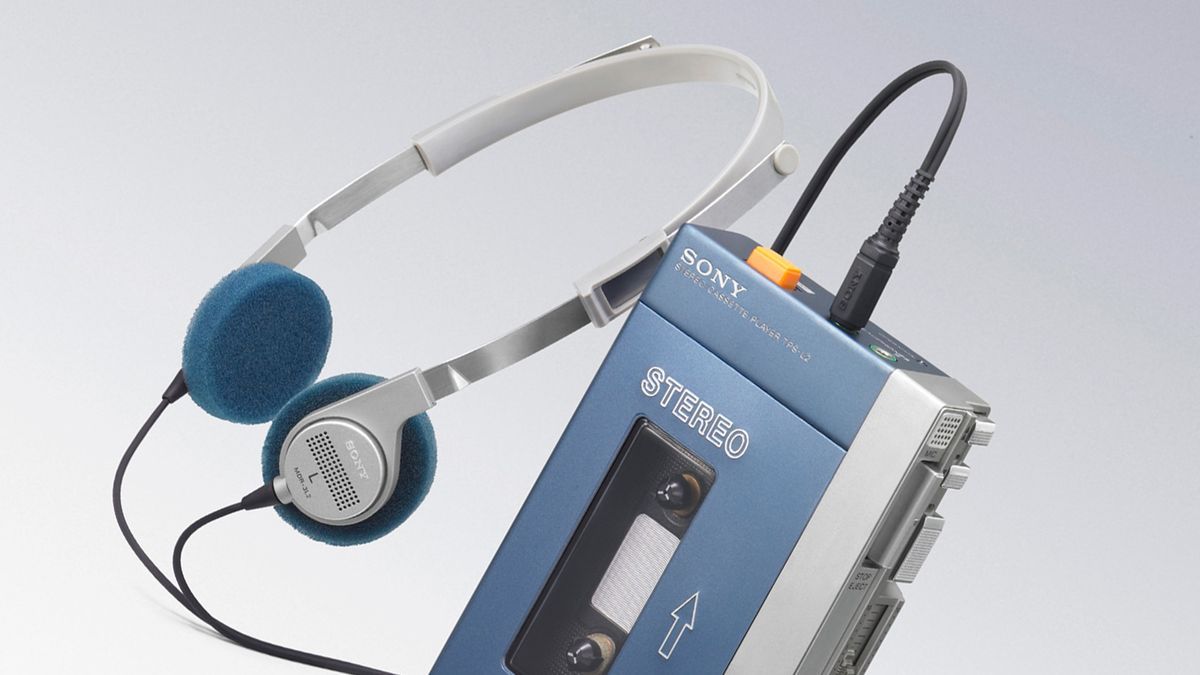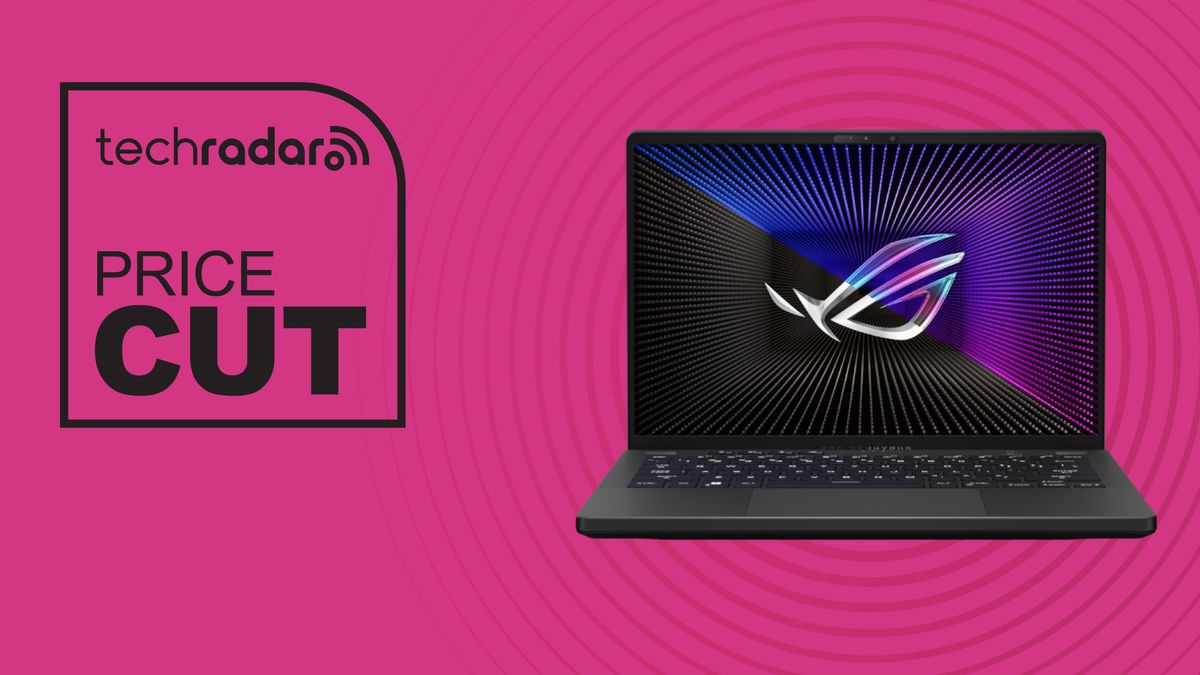If you show a cassette tape to almost anyone under 25 and ask them what they think it does, they'll look at you blankly, as if you'd asked them to open a can of beans with a flip-flop. But as Sony's original Walkman, the Sony TPS-L2, turns 45, it's time to recognize it for what it is: the most iconic device of all time.
If there is something that Generation Z likes, it is to abuse the word “iconic”, but in this case it is totally deserved. Cassettes had been around since the early 1960s, developed by Philips as a much more convenient alternative to vinyl and reel-to-reel tape, but it wasn't until Sony released the TPS-L2 in 1979 that the small plastic rectangles really Came into force. your own.
The arrival of the Walkman meant that you no longer had to be at home or in your car to listen to music that hadn't been chosen by a radio DJ – you could now listen on the move. And that concept is still everywhere, 45 years later.
backseat freestyle
The Walkman is five years older than me, but by the time I found out which one it was, they were everywhere. At home my parents listened to vinyl, but in the car we listened to tapes: Genesis, Gerry Rafferty, Paul Simon's. land of grace and other things that didn't start with 'G'.
However, as I got older I wanted to listen to my own tapes, so my parents bought me a cheap Aiwa portable cassette player. Sure, it wasn't a Walkman, but by now almost every other consumer electronics brand had jumped on the bandwagon, and that's when you know you're onto something good.
This black plastic box transformed my car journeys (although it did make everyone sound like Barry White when the batteries started to die, which wasn't long). I no longer had to listen to what my parents were playing, I could sit in the back and put on one of the mix tapes I'd made recording stuff from the radio.
How much does it cost?
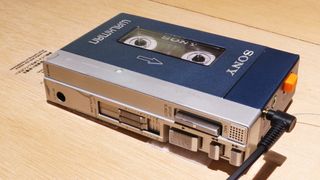
The original Sony Walkman TPS-L2 went on sale for 33,000 yen ($150) in 1979, or about $650 (£1,050) today. A working model sells today for around $500 (£500) on eBay.
My 'Walkman' (it didn't matter what brand, all portable tape players were called Walkman back then) was what allowed me to start developing my own taste in music.
On a family holiday in Menorca when I was 10, one of the older boys hanging around the pool was listening to a tape of… It doesn't matter by Nirvana. It was the summer of 1994 and Kurt Cobain had died just a few months earlier, so, rather tragically, his band was bigger than ever.
My parents didn't listen to that kind of music and I had never heard it on the radio, so when I borrowed the tape one afternoon, my little one was stunned.
The soundtrack of your life.
The Walkman not only changed the way we listen to music in practical terms, it made public spaces private. You could shut out the world around you by simply putting on a pair of headphones and pressing play. In most public spaces today, the people who don't do that are usually in the minority.
What they say…
At the time of the launch of the Sony Walkman TPS-L2 in 1979, Sony co-founder Akio Morita said: “This is the product that will satisfy those young people who want to listen to music all day long. They will take it with them everywhere.” He was right, and the Walkman became the precursor to the modern smartphone.
The first TPS-L2 model came with two headphone jacks, but no one used the second one because listening to music with a Walkman was considered something very personal.
Interestingly, it also had a button that activated a microphone so you could hear what was going on around you, almost exactly like the transparency feature that today's best Bluetooth headphones have. But that, too, was quickly abandoned because people liked being able to retreat into their own worlds undisturbed.
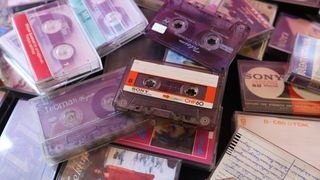
Suddenly you could choose the soundtrack to almost every moment of your life. If that was watching the sunset with nostalgia through the window of a train with Talk Talk's Spirit of Eden or trudging down the street after a bad day at work to the sound of Napalm Death, it would all become a little more cinematic.
Considering how sound and place can be so intrinsically linked, especially the memories associated with particular songs, making music completely portable has completely changed what it means to us.
In 1984, Sony even released the WM-F5, a Walkman model that came with a more rugged, splash-proof chassis and a pair of in-ear headphones (most other models came with earbuds), so you could wear it while you worked out and pump inspiring tunes straight into your ears.
Yellow fever
The WM-F5 also came in bright yellow, which brings us to another important effect the Walkman had on the world of technology: fashion.
The Walkman was one of the first technological products that put almost as much emphasis on aesthetics as on functionality (although not a single person cast an admiring glance at my beefy Aiwa). Owning a Walkman was a lifestyle choice, something that Sony was keen to push in its advertising, and which also continued long after CDs replaced tapes, MiniDiscs replaced CDs, and MP3s replaced everything.
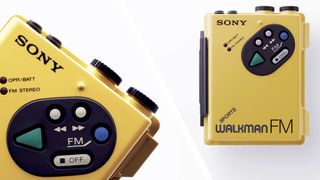
In fact, the Walkman name is so powerful that it transcends not only product generations, but even physical formats. Sony switched to the Discman for the CD era (thank goodness baggy jeans were in style in the '90s because fitting one of them in your pocket was a challenge), but soon realized that the type of media they played Its products were not important, but rather the sense of freedom that the Walkman embodied.
I stuck with the Walkman during its relatively short but much-loved MiniDisc period, and I have better memories of my Sony Ericsson W880i Walkman phone than any smartphone I've owned since. But around that time, the much more intuitive and easy-to-use iPod came on the scene and became my portable media player of choice.
That fourth-generation iPod I bought when I was in college wouldn't have existed without the Walkman, and there's no denying that Apple's slim white jukebox changed the world of technology. But the Walkman changed the entire world.

